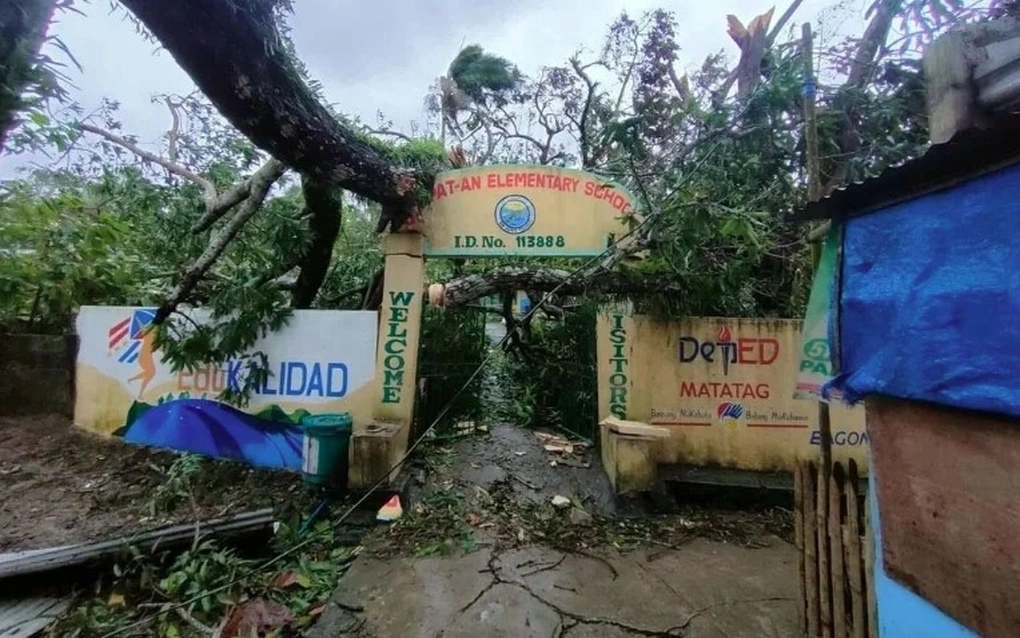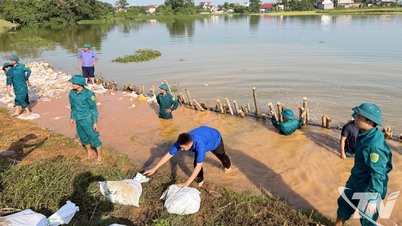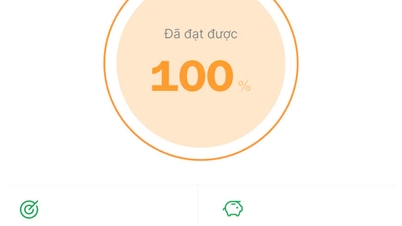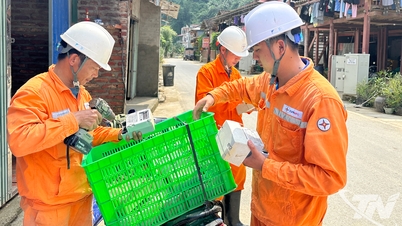Just days after super typhoon Ragasa caused severe devastation, the northern Philippines continues to be battered by typhoon Bualoi.
According to the Philippine Disaster Risk Reduction and Management Council, Typhoon Bualoi made its first landfall in San Policarpo, Eastern Samar province at 11:30 p.m. on September 25, bringing heavy rains and sustained winds of 110 km/h. The storm caused widespread power outages, flooded many areas and triggered two landslides.
Storm Bualoi then weakened into a tropical depression and made a second landfall in Palanas, Masbate province at 4 a.m. on September 26.
Heavy rains and strong winds have caused severe flooding in the provinces of Cagayan, Isabela and Ilocos Norte. Many major roads are submerged and power systems are down, making rescue operations difficult. Many schools and offices are forced to close.
According to the Philippine meteorological agency, storm Bualoi has sustained winds of 110km/h, gusts over 140km/h, and poses a risk of flash floods and landslides, especially in localities that have just suffered from super typhoon Ragasa.
Not only causing loss of life and property, Typhoon Bualoi also paralyzed the Philippines' economic activities. The Philippine Central Bank had to temporarily suspend currency transactions on September 26. The stock market and many government agencies were also closed.
Domestic and international flights were canceled, and the port system was shut down. In the capital Manila, businesses asked employees to work from home or take time off to ensure safety.

The Philippines suffered heavy damage after typhoon Bualoi made landfall (Photo: Rappler).
According to the Philippine News Agency, Typhoon Bualoi caused heavy damage when it swept through the country. In Batuan, Masbate province, many houses were destroyed, roofs were blown off, and trees were uprooted.
Philippine President Ferdinand Marcos Jr. has directed emergency agencies to provide relief and help evacuate residents. The military and coast guard have been mobilized to distribute supplies, set up temporary shelters and repair damaged infrastructure. The government has also warned of the risk of disease from contaminated water after the floods.
The Philippines is facing mounting difficulties as infrastructure that had just recovered from Typhoon Ragasa was devastated by Typhoon Bualoi, while the economy suffered a major shock from stagnant trade and financial markets.
The Philippines is hit by an average of 20 typhoons and storms each year. Scientists warn that storms are becoming more powerful as the world warms due to the effects of human-caused climate change.
Source: https://dantri.com.vn/kinh-doanh/bao-bualoi-do-bo-philippines-bi-tan-pha-nang-ne-kinh-te-gan-nhu-te-liet-20250926230951355.htm



![[Photo] General Secretary To Lam attends the opening of the 1st Government Party Congress](https://vphoto.vietnam.vn/thumb/1200x675/vietnam/resource/IMAGE/2025/10/13/1760321055249_ndo_br_cover-9284-jpg.webp)



































![[Photo] National Assembly Chairman Tran Thanh Man attends the 725th anniversary of the death of National Hero Tran Hung Dao](https://vphoto.vietnam.vn/thumb/1200x675/vietnam/resource/IMAGE/2025/10/12/1760285740475_ndo_br_bnd-8978-jpg.webp)
































































Comment (0)